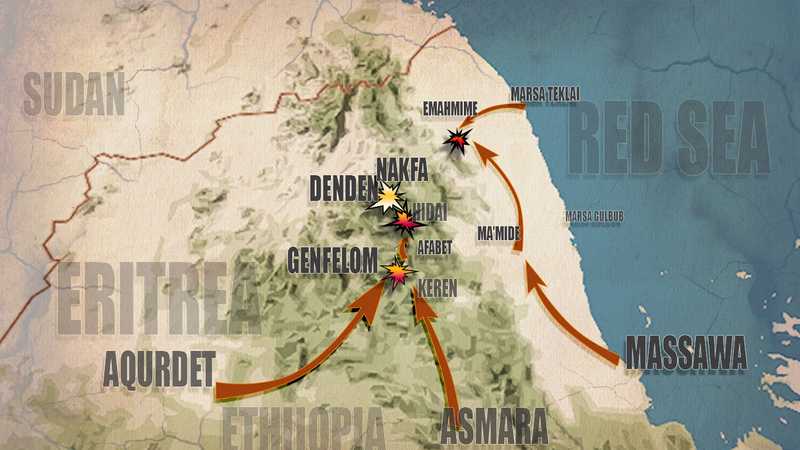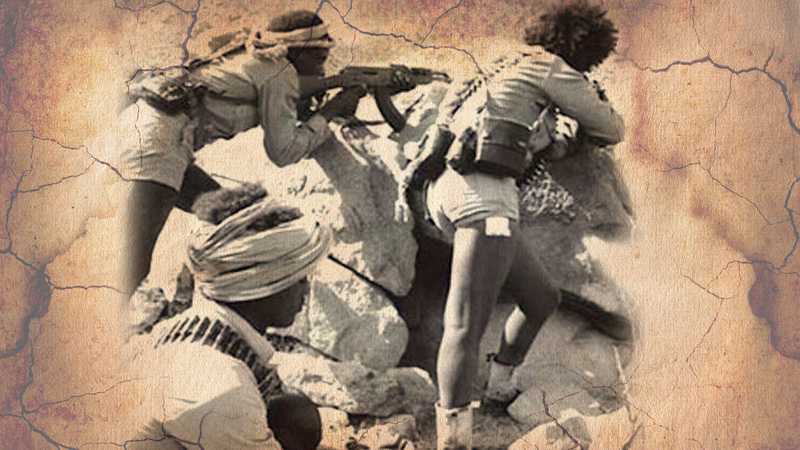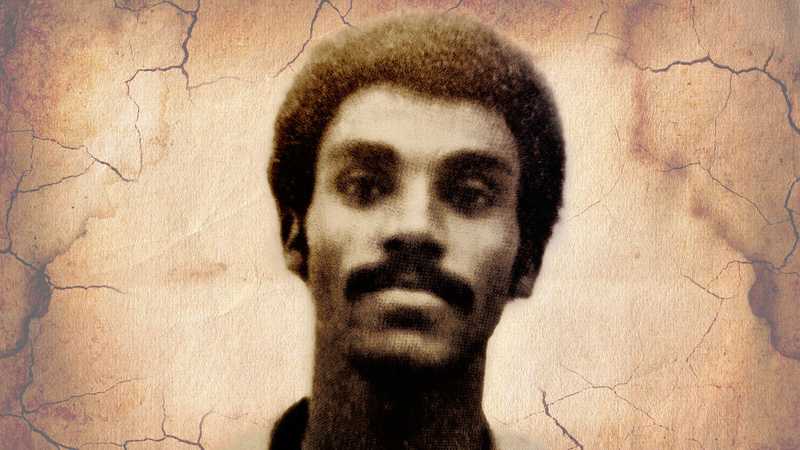Ethiopian Derg Government 3rd Military Campaign Against EPLF
In January of 1979
The Ethiopian Derg Army launched its 3rd campaign at Genfelom and Emahmime, with reinforcements from Asmara, Agordat and Massawa. Nakfa Front was established.
 Battle map of the 3rd Ethiopian military offensive campaign against EPLF and the establishment of the Nakfa Front
Battle map of the 3rd Ethiopian military offensive campaign against EPLF and the establishment of the Nakfa Front
The third offensive campaign of the Ethiopian Derg Army took place between January and February 1979 when EPLF forces were divided into two major positions at Genfelom and Ma’mide. The Derg reinforced its forces at Genfelom by bringing in units from Asmara and Agordat (Aqurdet), and that at Ma’mide from Massawa and its surroundings. The invasion began at Genfelom in January 1979.
The Derg’s Offensive
The Derg army made continued attempts to breach the lines at Genfelom. Particularly, the right flank of the EPLF’s 31st Brigade was heavily attacked for a month. Although EPLF units defended the position for a month and a half, since the right wing of the front was getting stretched, they opted to pull back to avoid encirclement. As part of the change of this strategy, on January 15, they took defensive positions at the narrow gorge at Qogai where the Derg army would be forced into a narrow space, limiting its movement and the use of its heavy artillery and tank units. The fighting continued in the new defensive line which had merged with other existing defensive lines.
The Derg’s Strategic Move
However, on January 25, 1979, the enemy left the Ma’mide front and marched to Emahmime by landing new units at Marsa Teklai. The strategic importance of both the Ma’mide and Qogai fronts ended and the positions had to be abandoned to intercept the new force on the move. Part of the EPLF Army rushed to the hills of the northeastern Sahel to stop the enemy, while the other part left Afabet and formed defensive positions at the area around Nakfa on the right and left hilly banks of the Hidai River.
Establishment of the Nakfa Front
The establishment of the Nakfa Front was a result of the developments of the Third Invasion. When EPLF left Afabet and camped on the Hidai River, the enemy left Task Force 506-B in the area from Keren to Afabet. Task Force 508, along with Task Force 506-A, infantry brigades, accompanied by artillery, tanks, and its air force, rushed to deprive EPLF of a foothold around the Hidai River.
The Battle at Hidai
From February 2, heavy fighting took place at Hidai for 2 days. The EPLF calculated that the Derg Army could make a flanking maneuver and push straight towards Nakfa through Naro. To counter this, the units had to again abandon the Hidai River defenses and head for the vicinity of Nakfa. By withdrawing to Nakfa, they encamped on the right and left of the strategic Mount Denden, establishing their final line of defense and establishment of the Nakfa Front.
 EPLF freedom fighters in battle in a defensive position
EPLF freedom fighters in battle in a defensive position
The fight for Mount Denden
Until February 9, the enemy made repeated attempts to capture Denden, but the EPLF forces resisted and held their ground. The EPLF units that formed the defensive line at Denden were:
- 58th Brigade on the left flank - commanded by Isaias Tewoldeberhan a.k.a. Wedi Flansa (bastardized Italian for Finanza) and Haile Samuel a.k.a. China
- 51st Brigade at the center - commanded by Mohammad Ali Kley and Ali Ibrihim
- 8th Brigade on the right flak - commanded by Omer Hassan Tewil and Dessale Qaley (Wedi Qaley)
- 2nd Battalion of 70th Brigade redeployed from Ma’mide
- 3rd Artillery Battalion of 76th Brigade deployed throughout the front
 EPLF Commander Isaias Tewoldeberhan a.k.a. Wedi Flansa/Finanza
EPLF Commander Isaias Tewoldeberhan a.k.a. Wedi Flansa/Finanza
EPLF Counterattack in the Northeast
In the meantime, in the northeastern Sahel region, EPLF forces had goods stockpiled that were not yet moved to safety. With the main road to Gureto closed by enemy forces, EPLF launched a counterattack to clear the region. They transported their belongings to Qebrwe’t, Geregr and Tebh for protection. Fighting continued until February 10th. After this, the battalions from the 70th Brigade reinforced EPLF positions at Denden between the 51st and 8th Brigades in Nakfa. The 70th was commanded by Saleh Hiruy and Girmai Mehari.
EPLF needed time and resources to fully fortify Denden. Knowing this, the Derg Army continued its attacks to capture the strategically commanding position of the towering heights of the mountain.
Decisive Battle at Mount Denden
Since it had become clear that a secure defensive position could not be fully established at Denden with the relentless enemy attacks, on February 13th, the EPLF army decided to unleash a major counterattack on the Ethiopian army positions around Mt. Denden. Heavy fighting raged for two days until February 15th when the enemy was finally pushed back to the Hidai River gorge and further to Etehaleb’b. The Derg army suffered heavy casualties including the loss of a T-55 tank. This defeat shocked the army and led to the collapse of their invasion force in the area. EPLF forces captured approximately 900 enemy light weapons and ammunition. This marked the end of the third Ethiopian offensive against EPLF.
The Nakfa Front Solidified
As mentioned before, the Nakfa Front defensive line was established in the wake of the 3rd offensive campaign on February 5, 1979. For nine years, it remained unbroken, defeating multiple large-scale invasions. The Nakfa Front came to represent the Eritreans’ perseverance and dedication. It witnessed remarkable feats of bravery and stands as a historic testimony.
At this front, EPLF forces established positions starting from the left with Taba-Bilhat (Enda Dubbale), Taba Tea’mamen, Qeyih Meriet, Merkebna, Taba Selam, Fidel-pe, Rigole, Globe, Wantcha, Denden, Fernello (Mo’o River), Nakura and Testa.
The 58th, 51st, 70th and 77th Brigades were arrayed in that order from left to right.
Facing them were Ethiopian army lines located on Cheguar Taba, Taba Amelto, the Hidai River, Gul Denden, Harena, Tsebait and Qebr Tsaeda - stretching across the entire front. The Ethiopian army in these positions was the 508th Task Force.
Subsequent fighting stretched the Nakfa Front dramatically connecting it with the Northeastern Sahel and Halhal-Barka fronts, eventually reaching 667 km in length.

